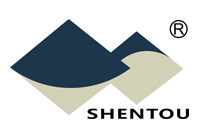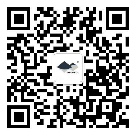CHINA AUTOMOTIVE SUPPLIER QUALITY MANAGEMENT BRIEFING
06/01/2022
Vol. 6, No. 3, June 2022

① QUALITY CHALLENGES & SOLUTIONS WITH YOUR SUPPLIERS IN CHINA
Factory Audits & Quality Inspections
During & Post COVID-19:
On-site Supplier Audits + Remote Participations by International Buyers(XI)
(Continued from the last issue)
▌Implementation of “on-site + remote” product inspections
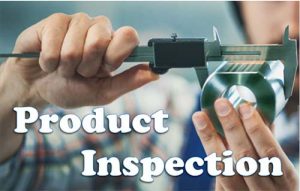 After the finish of production, when all inspection details and preparations are approved by the customer and confirmed by the factory, inspectors can undertake a post-production or pre-shipment inspection based on the pre-determined inspection plan, which could follow a “on-site inspection plus remote participation” model during the pandemic.
After the finish of production, when all inspection details and preparations are approved by the customer and confirmed by the factory, inspectors can undertake a post-production or pre-shipment inspection based on the pre-determined inspection plan, which could follow a “on-site inspection plus remote participation” model during the pandemic.
A. Based on the inspection notification by the customer, check the quantities on-site of the goods to be inspected. Other than in special cases, it is necessary to have over 90% of the goods on order to be completed with packing before the start of the inspection.
B. Photo records: Photos should be taken for all finished parts placed together that have been packed (to show the finished parts are packed), the outer cases, inner cases (with shipping mark), color boxes, barcodes or other product picture, customer logos, instructions, packing details, etc. Any non-conformities should be photographed to be used as inspection evidence.
C. Taking samples according to pre-determined sampling plan. It is necessary to confirm that all parts are ready and the quantities agree with data on order before taking samples. Samples should be picked out from different positions at different layers, depending on the placements of the products on pallets.
The sample quantities are based on the sampling plan, and labels should be used to indicate the selected samples and all selected samples should be placed in the inspection area.
D. Re-check if all measuring and testing tools necessary for the inspections match the tool list previously provided by the factory.
E. Apply inspections on items such as product appearance, packing, labels, customer logos, key dimension and performance based on pre-determined inspection checklist. Quality staff from the factory should provide assistance during the inspection. Records should be made and photos taken for all on-site testing, observations and measurements. For inspection records of product appearance, packing, shipping mark, customer logos and critical data, photos or videos should be taken and achieved. Test data from the testing equipment should be stored and printed out. Usually test data for 5 pieces are listed in the inspection checklist. Other data should be stored in the original records and photographed for search or tracing later.
F. Decide on the release or rejection of the goods being inspected based on the inspection criteria, and notify the customer or the factory’s sales department to arrange for shipment when the goods could be released.
G. After the inspection with the first sampling, if the goods are deemed to have minor defects which could not be accepted, second-sampling plan should be implemented. After the re-inspection of the second sampling, when there are no minor defects and therefore the goods could be accepted, all goods should be sorted to pick out the ones with the minor defects for rework. The goods could only be released when one more inspection after the re-work shows no more minor defects.
H. After the inspection with the first sampling, if the goods are deemed to have serious quality defects and therefore could not be released, customers or the factory’s sales department should be notified immediately, the shipping plan should be cancelled, and the supplier should be asked to re-work or re-produce.
▌Product Inspection Reports
The inspection report will usually be completed within 1 to 1.5 working days after the inspection by the inspector in Chinese and English or other language. The inspection report mainly covers:
A. Supplier code, PO number, Customer code, product name, quantity, sampling plan for regular inspection, AQL form, inspection results.
B. Acceptance standards on product appearance, part number, packing, pallet, customer logo and inspection data.
C. Full-dimension inspection standards and raw data from inspection.
D. Standards on performance inspection and raw data from inspection.
E. Photos or videos taken during the inspection on-site.
(To be continued)
By Felix SS YUAN
② CRITICAL FAILURE MODES / QUALITY CONTROL POINTS IN FOCUS
Piston
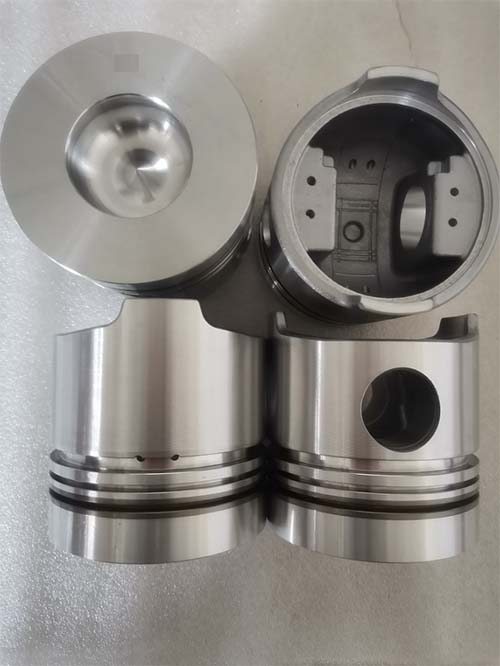
The piston is the reciprocating part in the cylinder block of the automobile engine. The basic structure of the piston can be divided into top, head and body. The top of the piston is the main part of the combustion chamber, and its shape is related to the type of combustion chamber selected. Gasoline engines mostly use flat-top pistons, which have the advantage of small heat-absorbing area. There are often various pits on the top of the diesel engine piston, and its shape, location and size must be adapted to the requirements of the diesel engine’s mixture formation and combustion.
undefinedundefined
Failure Modes of Pistons:
1. Piston stuck
Indications: acceleration is weak or even unable to start;
2. Piston wear
Indications: the power is reduced and the fuel consumption is increased;
3. The piston pin seat is broken
Indications: cylinder knocking and missing, resulting in abnormal noise or failure to start.
4. Piston cracks and ablation
Indications: burning oil, resulting in blue or black smoke.
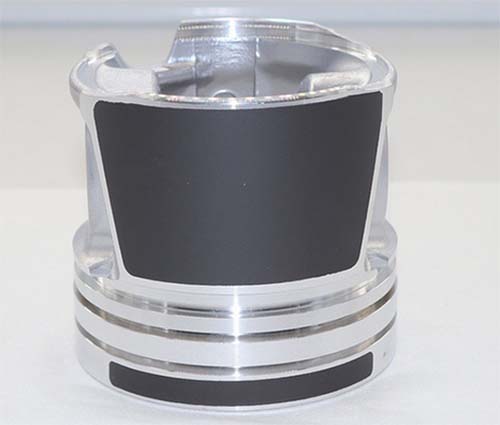
▌Preventive actions:
1. Strengthen the piston roundness and size inspections;
2. Use qualified materials and apply material testing such as metallographic examination to IQC;
3. Control the blank aging treatment, and fully eliminate product stress before machining;
4. Strengthen the depth and thickness control and testing of surface treatment to meet the requirements.
▌Finished parts inspections:
1. Whether the surface of the piston body is smooth and free of burrs, and whether the surface treatment or coating is complete and free of defects;
2. Whether the size and roundness of each part of the piston meet the requirements;
3. Check for any residual blockage from processing;
4. Whether the piston is flat without cracks.
By Calors WJ LIN
③ KEY CONCEPTS & PRACTICES IN SUPPLIER QUALITY MANAGEMENT
In Process Quality Control (IPQC) & Process Quality Control (PQC)
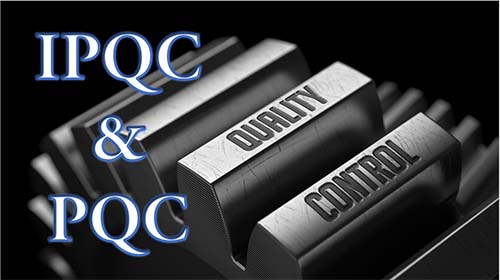
In Process Quality Control (IPQC) and Process Quality Control (PQC) are the next critical second steps in quality control. They monitor the defined production processes to prevent (or minimize) defective parts or components from going to the next Process.
IQPC is typically applied to assemble lines and PQC is applied to semi-finished parts.
④ CHINA INDUSTRY & MARKET UPDATE
Cost of raw materials:
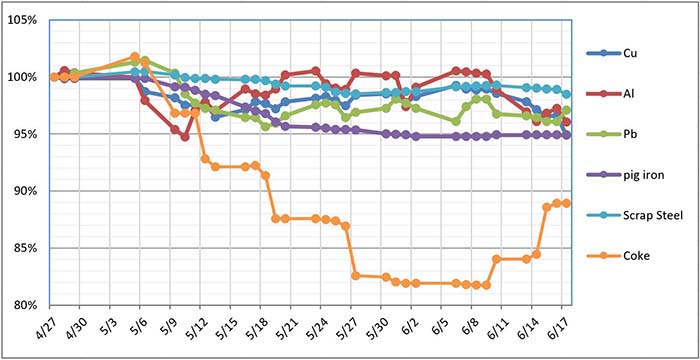
Exchange rates:
![]() USD/RMB: 1:6.7020
USD/RMB: 1:6.7020
![]() EUR/RMB: 1:7.1021
EUR/RMB: 1:7.1021
![]() RUB/RMB: 1:0.1111
RUB/RMB: 1:0.1111
June 2022
Remark: Exchange rates are 30-day average from May 24 to June 23, 2022
The above information is for reference only
⑤ IT HELPS TO KNOW...
China Supply Chain Alert
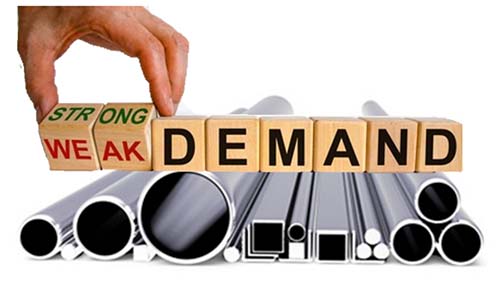
The current impact of the recent COVID-19 outbreaks on the Chinese economy has certainly lessened significantly from last reporting in April, but by no means it is over.
Shanghai is now returning to normal from its strict lockdowns in April and May, but sporadic cases of the virus being reported in different cities are still putting pressures on the automotive export communities in China.
Some consolations however are coming from somewhat reduced raw material prices as well as a better exchange rate between the USD and Chinese Yuan for export. Among the dozen or so key commodity prices we have been monitoring, many such as those of aluminum, copper, steel, grey iron and plastic have all been generally on a downward trend, a clear reflection on the weakened demand both internationally and domestically.
Meanwhile, the latest weekly average value of the Chinese Yuan (CNY) has depreciated against the USD for almost 5.5% from the beginning of the year.
SHENTOU SUPPLY CHAIN MANAGEMENT CO. LTD. is a Shenzhen, China, based company serving international automotive clients in the implementation of their China strategies and programs. CHINA AUTOMOTIVE SUPPLIER QUALITY MANAGEMENT BRIEFING is a bi-monthly newsletter published by Shentou to address the specific and unique quality challenges and concerns international automotive companies face with suppliers in China. Comments are welcome at qms@shentou.com. Click here to subscribe.
